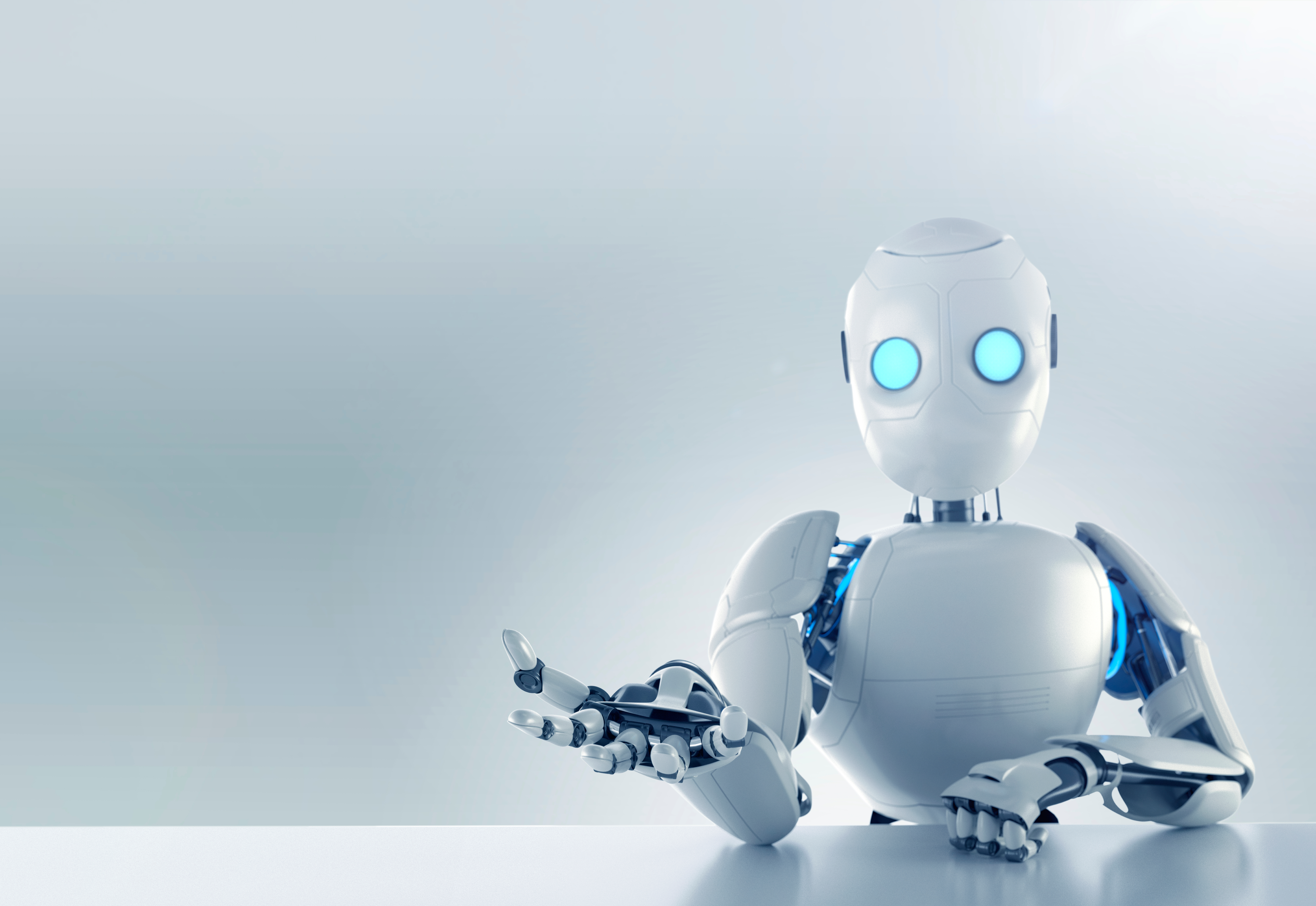
Robots tend to be used for dirty and dangerous jobs. So what better time to enlist and expand their services than during a pandemic such as the current COVID-19 outbreak?
In a recent commentary at ScienceRobotics, a team of robotics and AI researchers use that question to frame a discussion of how useful robots can be in assisting healthcare organizations fighting infectious diseases, as well as what needs to happen to make them even more useful.
“As epidemics escalate,” they note, “the potential roles of robotics are becoming increasingly clear. During the 2015 Ebola outbreak, workshops organized by the White House Office of Science and Technology Policy and the National Science Foundation identified three broad areas where robotics can make a difference: clinical care (e.g., telemedicine and decontamination), logistics (e.g., delivery and handling of contaminated waste), and reconnaissance (e.g., monitoring compliance with voluntary quarantines).”
In their view, the COVID-19 pandemic has added another area where robotics could be useful: maintaining the “continuity of work and maintenance of socioeconomic functions” as workers are forced to stay at home to fight the pace of infection.
Each of these areas of robotics, they say, has seen recent significant development, but each also needs more research in order to be optimally exploited.
On disease prevention, for example, “robot-controlled noncontact ultraviolet (UV) surface disinfection is being used because COVID-19 spreads not only from person to person via close contact respiratory droplet transfer but also via contaminated surfaces. Coronaviruses can persist on inanimate surfaces—including metal, glass, or plastic—for days, and UV light devices (such as PX-UV) have been shown to be effective in reducing contamination on high-touch surfaces in hospitals. Instead of manual disinfection, which requires workforce mobilization and increases exposure risk to cleaning personnel, autonomous or remote-controlled disinfection robots could lead to cost-effective, fast, and effective disinfection.”
Future opportunities on this front “lie in intelligent navigation and detection of high-risk, high-touch areas, combined with other preventative measures. New generations of robots, from macro- to microscale, could be developed to navigate high-risk areas and continually work to sterilize all high-touch surfaces.”
On a broader level, the researchers say COVID-19 could spur the development of robotic systems that can be rapidly deployed with remote access by experts and essential service providers without the need of traveling to front lines.”
Moreover, epidemics requiring the widespread quarantine of patients “may also mean prolonged isolation of individuals from social interaction, which may have a negative impact on mental health. To address this issue, social robots could be deployed to provide continued social interactions and adherence to treatment regimes without fear of spreading disease.”
The key to more future uses, of course, is more extensive and sustained researchers, but in their view the likely reward for such foresight will be a broader array of weapons to wield when, not if, the next pandemic arrives.


